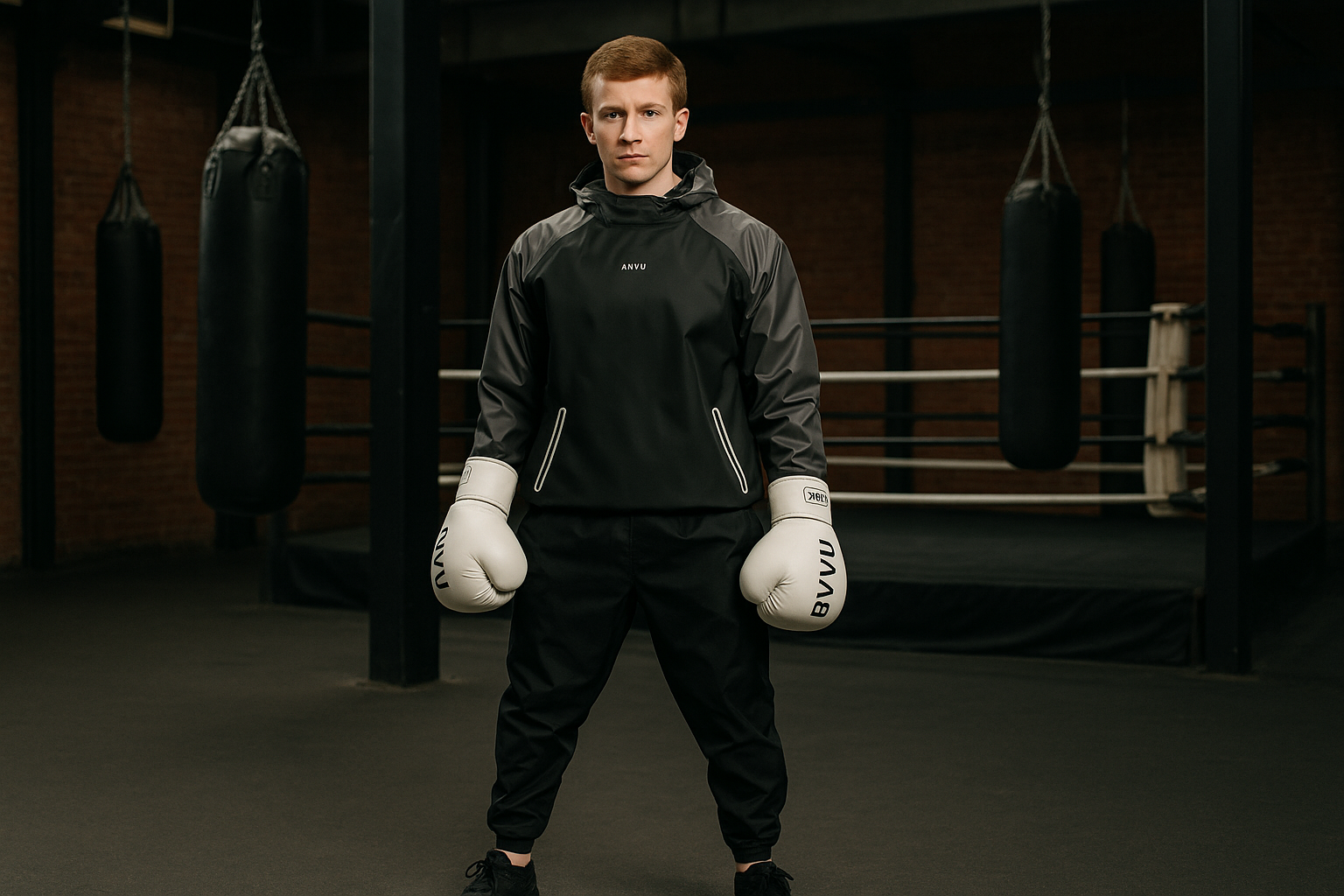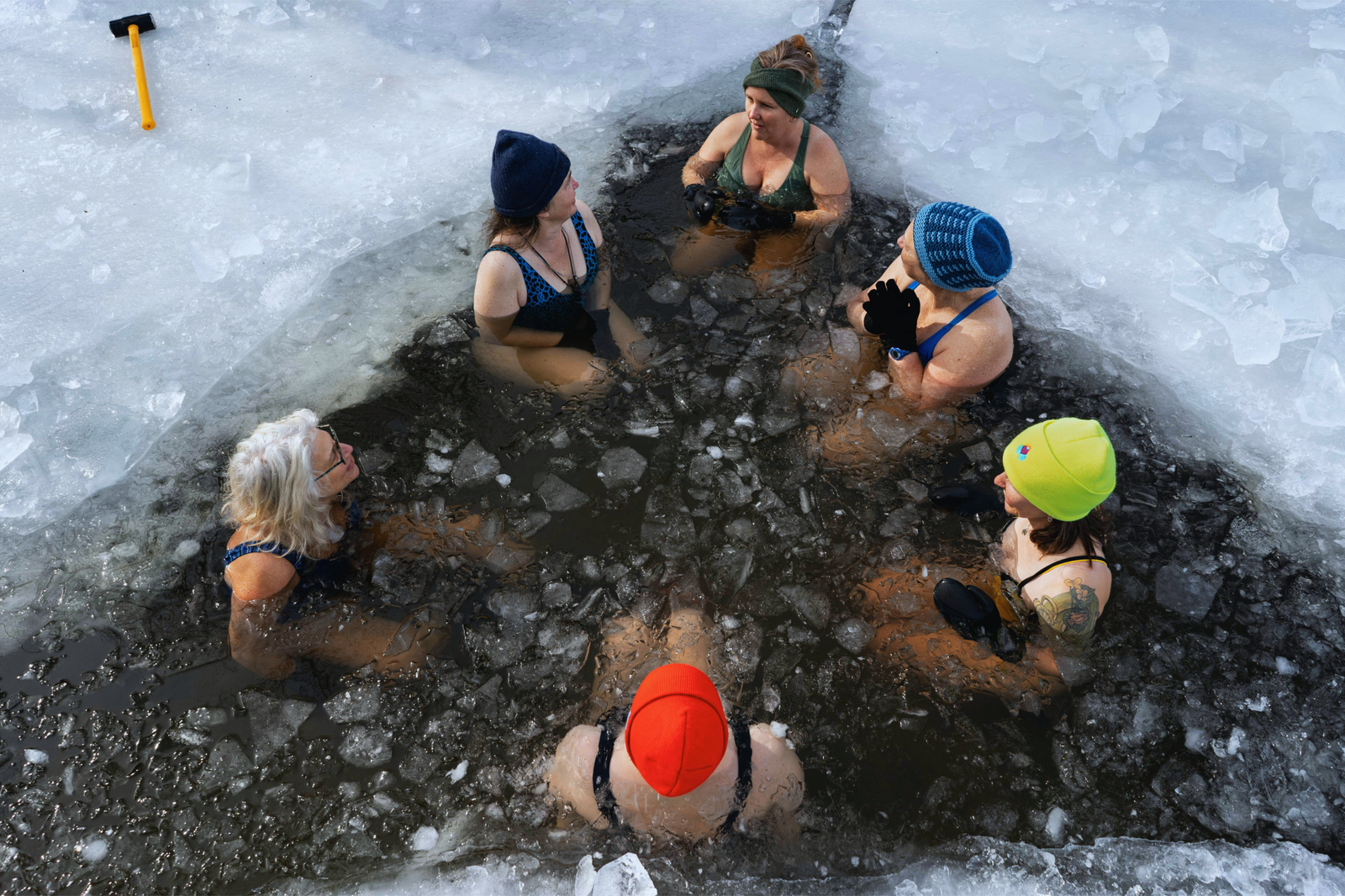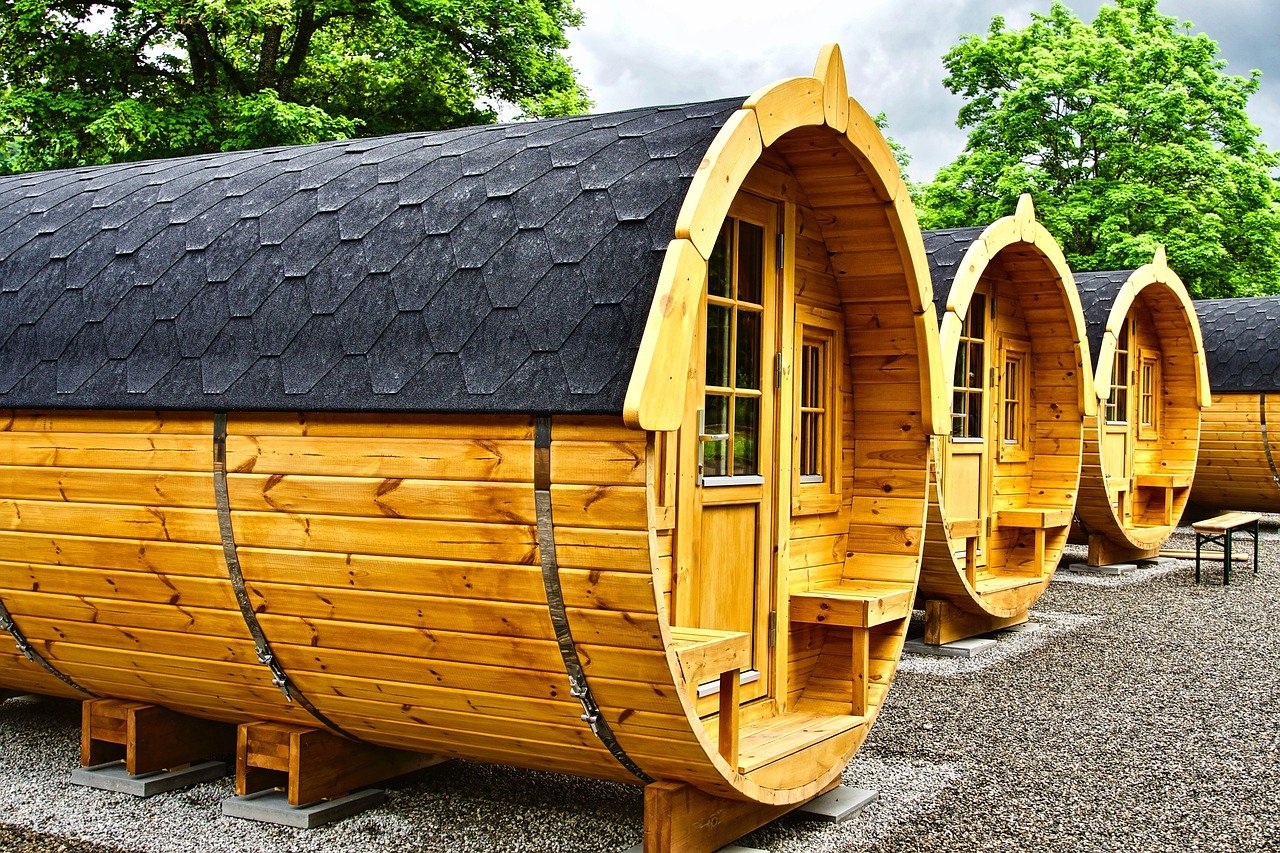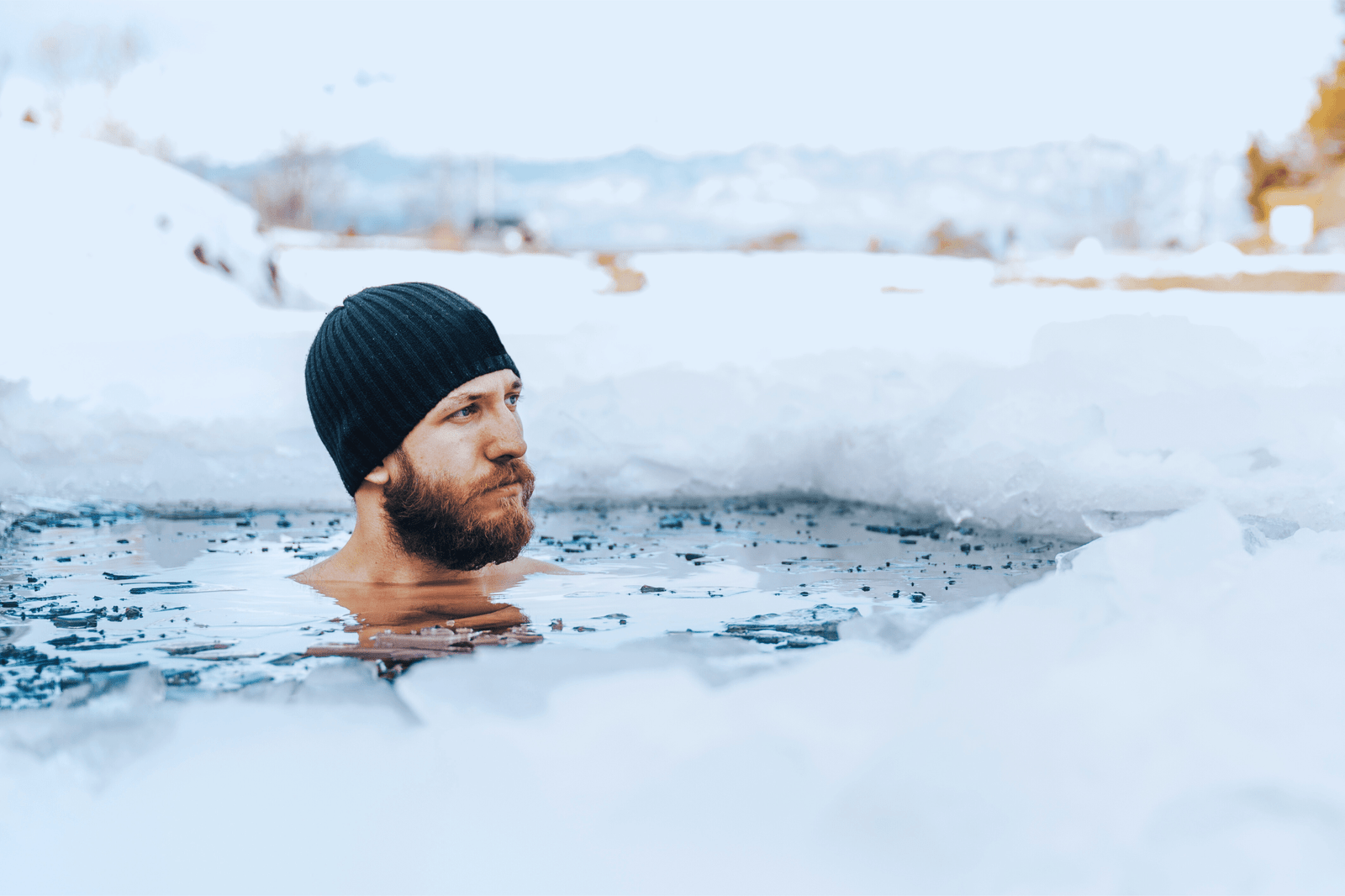Cold Plunges For Muscle Recovery: Why They Work

What if there was a simple way to recover faster from workouts? Cold plunges—or ice baths—might be the answer you’re looking for.
Cold plunges have become a go-to recovery method for athletes who push their limits. Cold water immersion is widely used after high-intensity workouts, including endurance events, heavy weight training, and other physically demanding activities.
1. Reduced Inflammation
Hard training causes tiny tears in your muscle fibers. This leads to inflammation, soreness, and fatigue. Cold plunges help reduce that inflammation, speeding up the healing process.
A study in the European Journal of Applied Physiology found that cold water immersion after resistance training lowers levels of testosterone and cytokines—signals tied to muscle damage and inflammation. It also constricts blood vessels in the most stressed areas of the body, which limits how many inflammatory cells reach those muscles. This means less soreness and more consistent training with fewer setbacks.
But here’s where it gets nuanced: inflammation isn’t always bad. It plays a key role in muscle repair and growth. Too much cold therapy, especially if used every day, can actually slow down long-term progress. According to research in the National Library of Medicine, overuse of cold exposure may interfere with the body’s natural repair signals that trigger muscle growth.
Bottom line: use cold plunges to reduce excessive soreness and inflammation, but don’t overdo it if your goal is long-term muscle growth.
2. Boosted Circulation
Once you get out of the plunge and your body begins to warm up, your blood vessels expand. This rush of fresh blood helps flush out lactic acid and bring in oxygen and nutrients. That increased circulation supports faster muscle recovery and reduces fatigue.
A systematic review in Frontiers in Physiology found that cold water immersion improves circulation and enhances the body’s natural repair process, especially when done 24 hours post-exercise..
3. Pain Relief
Cold water numbs your nerve endings, giving you short-term relief from pain and soreness. While it doesn’t fix the problem immediately, it makes recovery more manageable.
To maximize the benefits, try plunging 10–30 minutes after your workout, and make sure you get good sleep afterward.
Research from the International Journal of Sports Physiology and Performance found that cold water immersion improved recovery in vertical jump performance after 72 hours, with participants reporting less soreness and higher recovery scores in the first two days post-workout.
The Potential Downside
Cold plunges work, but they aren’t a magic fix. As mentioned earlier, inflammation is part of your body’s natural repair process. Using cold exposure too often can interfere with muscle-building signals, especially if you’re aiming for hypertrophy (muscle growth).
Moderation is key. Cold therapy expert Dr. Rhonda Patrick suggests that 11 minutes per week is ideal for reaping the benefits without limiting adaptation.
I do 3–5 minute sessions, two to three times per week. That’s enough to reduce soreness without blocking the body’s natural growth signals.
And remember, everyone’s different. Experiment with temperature and duration to find what feels best for your body.
When and How to Use Cold Plunges
Timing and technique matter.
Many athletes find that plunging within 30 minutes of exercise gives the best results. Start with water around 50–60°F (10–15°C) and gradually work your way to colder temperatures as your body adapts.
Begin with short sessions—30 seconds to 1 minute—and slowly increase your time. Research in Frontiers in Physiology found the following to be most effective:
- For reducing soreness: 10–15 minutes at 52–59°F (11–15°C)
- For boosting recovery markers like creatine kinase: 10–15 minutes at 41–50°F (5–10°C)
To get the full effect, submerge yourself up to your shoulders so that all major muscle groups are exposed to the cold.
Conclusion
Cold plunges offer a simple but powerful way to speed up muscle recovery. They reduce inflammation, manage muscle damage, boost circulation, increase recovery rate, provide pain relief, and support training consistency.
The science supports what many athletes have experienced firsthand: cold water immersion helps muscles recover faster. Studies from both the British Journal of Sports Medicine and the European Journal of Applied Physiology confirm these benefits.
By incorporating cold plunges into your recovery routine, you can bounce back faster from workouts and maintain a more consistent training schedule.
Have any questions? Leave a comment below!
FAQs
Medical Disclaimer
The information contained in this post is for informational and educational purposes only. It is not intended to provide medical advice or to take the place of such advice or treatment from a personal physician. All readers/viewers of this content are advised to consult their doctors or qualified health professionals regarding specific health questions or before embarking on any new health or wellness routine, including saunas and cold plunging. Neither the author(s) nor the publisher of this content take responsibility for possible health consequences of any person or persons reading or following the information in this educational content. All viewers of this content, especially those taking prescription or over-the-counter medications, should consult their physicians before beginning any cold plunging routine or other health or wellness program.








